Barbie: the doll that transformed the toy landscape
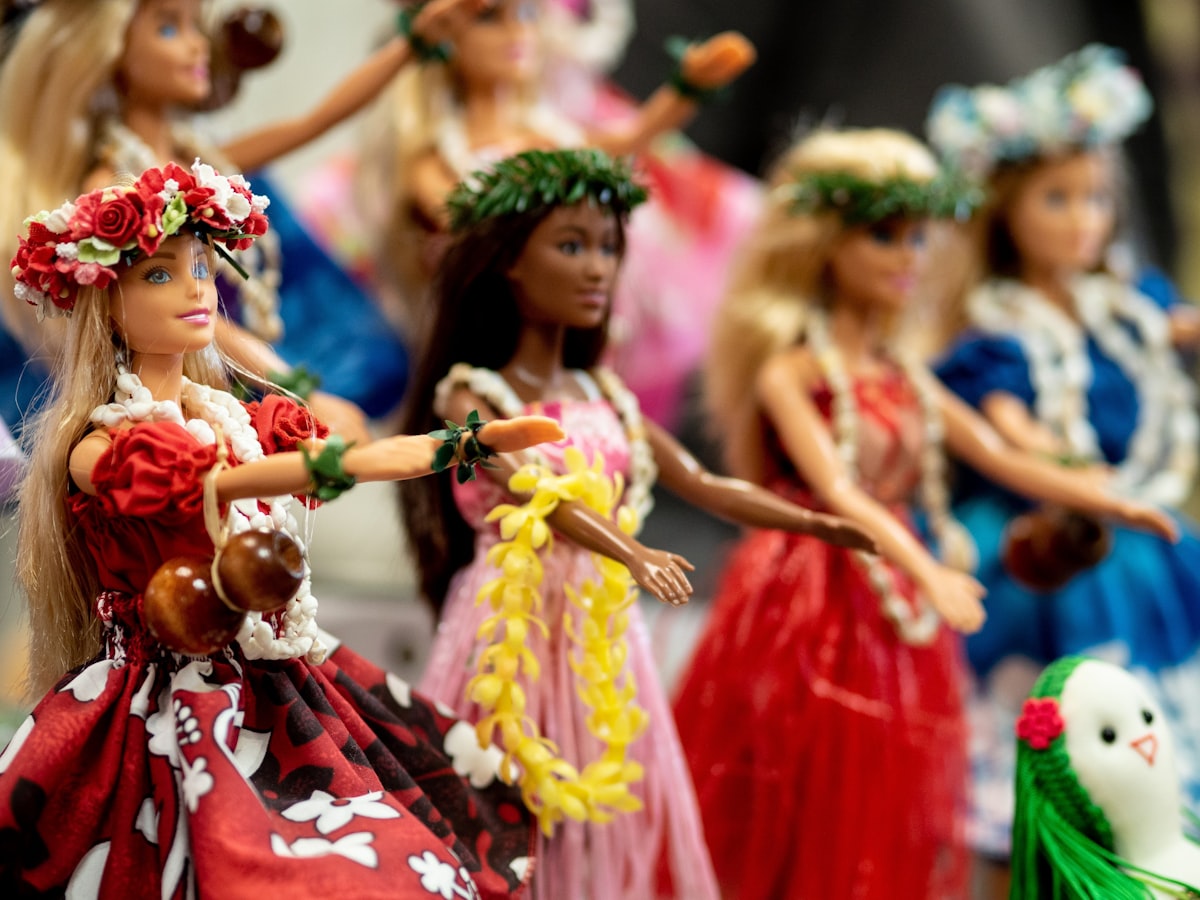
Over the summer, one of the main battles unfolded at box offices worldwide: Barbie vs. Oppenheimer. The movies delve into vastly different topics, with Barbie, unsurprisingly, exploring the world of the iconic doll, and Oppenheimer focusing on the story behind the atomic bomb. However, both films received rave reviews, grossed hundreds of millions of dollars, and ultimately managed to capture media attention for several weeks. By the way, at the moment of writing, according to box office mojo, the Barbie move topped $1.4B, making the biggest movie of 2023, 14th of all time.
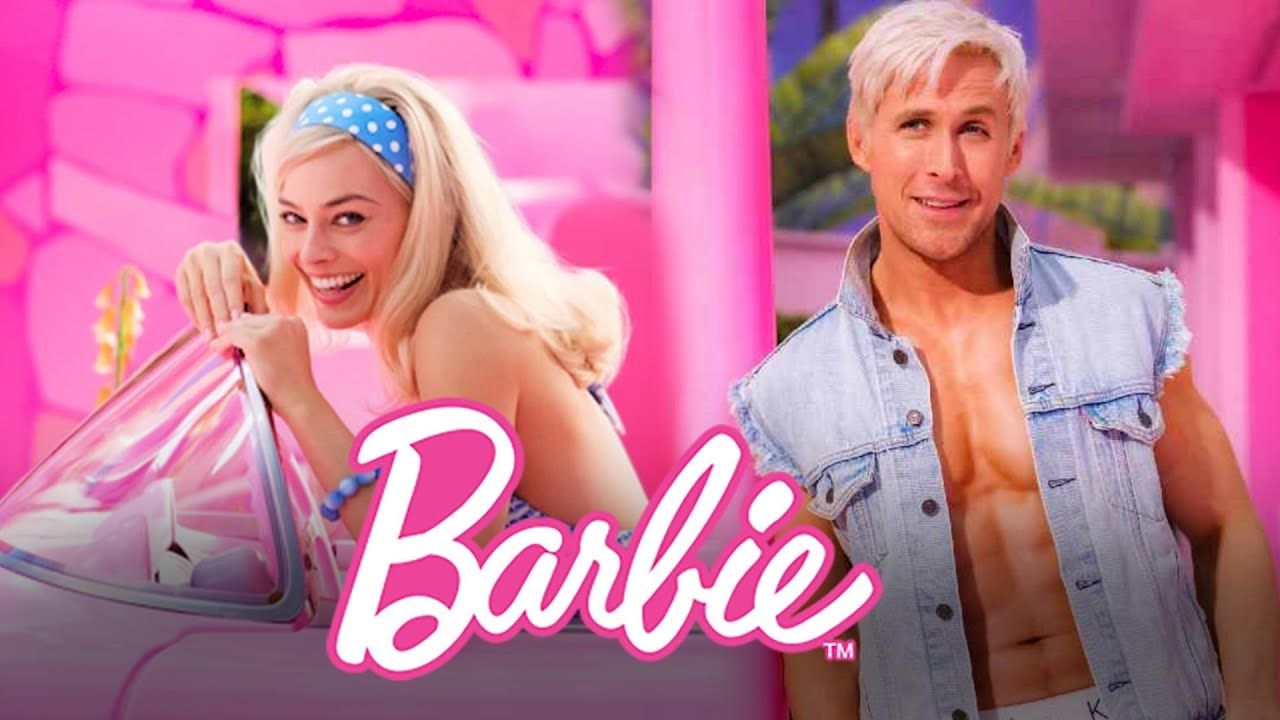
In this article I would like to explore the story behind Barbie - the toy, not the movie - and the mind behind it: Ruth Handler, wife of Elliot Handler. In many ways Ruth broke stereotypes and changed the toy industry, and I believe it's a story worth telling! As always I did my fair share of research, but I found a lot of juicy details in this research paper, which I have included.
Imagining Mattel
Elliot Handler, a creative soul, went to design school and worked at a lighting shop, where he met his future buddy and business partner, Harold Mattson, aka ‘Matt’. After moving to LA, Elliot set up his own workshop, Elliot Handler Plastics, and brought Matt on board. During World War II, getting special plastics was tough, so Matt started making wooden picture frames based on Elliot’s designs. The workshop took off, and in 1944, they renamed their booming partnership ‘Mattel.’
After 1944, some materials became available for toy production. The Handlers dived into experimenting with plastics, creating a toy line from the leftovers of plastic and wooden picture frames. Unlike Europe, where plastics were mainly used for making toy soldiers and guns, Elliot used Plexiglas and Lucite to create innovative doll furniture and musical instruments.
By war's end, the US market was flooded with mass-produced, basic toys from rubber manufacturers like Goodyear and Firestone. But the Handlers saw an opportunity. They focused on making high-quality, modern-looking products, aiming for the increasingly wealthy American baby-boomers’ parents.
By the late 1940s, Mattel was making a splash with USD 1 million in sales. In 1947, the Handlers bought out Matt and made Mattel an official company the next year. The Handlers had a fresh approach to their products and the market, focusing on being unique in both product and marketing. Mattel rolled out new designs and materials, hitting it big with a plastic ukulele, named uku-de.

The early 1950s were a learning curve for the Handlers. They started using TV to promote toys directly to kids, giving them an edge over other toymakers. Mattel’s approach was all about focusing on what kids wanted, treating them as consumers with their own expectations and desires.
Fun fact: In 1955, the leading US toy manufacturer Louis Marx spent only USD 312 in advertising, despite its USD 50 million in excess sales. The same year, Ruth allocated USD 500,000 (about equal to their net worth).
In 1955, Ruth spent USD 500,000 to sponsor ‘The Mickey Mouse Club’ all year round, advertising their new creation, the Burp Gun.

Now that we got a quick overview on Mattel, let's dive into how Ruth and Barbie changed the world.
Barbie: innovating femininity
In the 1960s, Mattel evolved from a mid-sized company focusing on the US to a global toy industry leader. Barbie was Ruth's chance to stand out as a leading female entrepreneur in a male-dominated industry and redefine her role alongside her husband. Ruth got the idea for an adult doll while watching her daughter, Barbara, play with paper dolls that mimicked adult scenarios. Barbara's paper dolls had outfits, cars, and other props, but her regular dolls looked like babies. Ruth noticed that these baby dolls didn't capture the grown-up scenarios Barbara was imagining.
Back then, most dolls looked like babies, letting little girls play mom. While adult dolls had been around since the 14th century, they were mostly used by the aristocracy to showcase fashion. By the 19th century, dolls mostly resembled babies or young kids, reinforcing traditional roles for girls (housewives and mothers). There were some adult fashion dolls before Barbie, like Cissy and Miss Revlon, but none were affordable and came with grown-up accessories.

Introducing an adult-looking doll was a bold move. Mattel wasn't even in the doll business. But on a 1956 trip to Europe, Ruth found 'Bild Lilli,' a doll inspired by a risqué character from a German newspaper.
Ruth saw potential, bought the doll, and brought it back to the US. She then bought the rights to Bild Lilli, using it as a prototype for her own doll. Ruth transformed this German doll into a wholesome American girl, naming her 'Barbie' after her daughter. Ruth envisioned Barbie as an American teenager with a slim figure and boobs, wearing a swimsuit as her default outfit (because it was the cheapest outfit), with other outfits sold separately.
When Barbie debuted at the 1959 Toy Show, many were skeptical due to her provocative figure and the market's saturation with baby dolls. But Mattel's ads emphasized Barbie's grown-up appeal, presenting her as a relatable figure for kids: ‘A shapely teenage fashion model. An exciting all new kind of doll (She’s grown up!).
Mattel kept Barbie relevant by studying cultural trends, especially among suburban teenagers. They wanted Barbie to be an aspirational role model.
Ruth aimed for Barbie to reflect the real world while letting kids dream about their futures. Barbie, with her diverse wardrobe and roles, moved away from just the traditional roles of wife and mother. She embodied the new American dream for women: independent, career-focused, and consumer-driven. Barbie's physique, though unrealistic, mirrored the era's beauty standards.
Fun fact: Barbie's original proportions were quite unrealistic, corresponding to a real person proportion of 37′-21′-32′.
Mattel dominated TV advertising in the 1960s, making it hard for competitors to keep up. Over 1.5 million customers joined Barbie fun clubs in the US, and by 1973, Barbie sales exceeded USD 600 million. Ruth aimed to create a "Barbie ecosystem" that evolved with the times, introducing many add-ons, props but also other characters like 'Ken' in 1961, named after the Handlers' son Kenneth. Or in more modern times, diverse and inclusive dolls, representing different races, body types, and abilities.
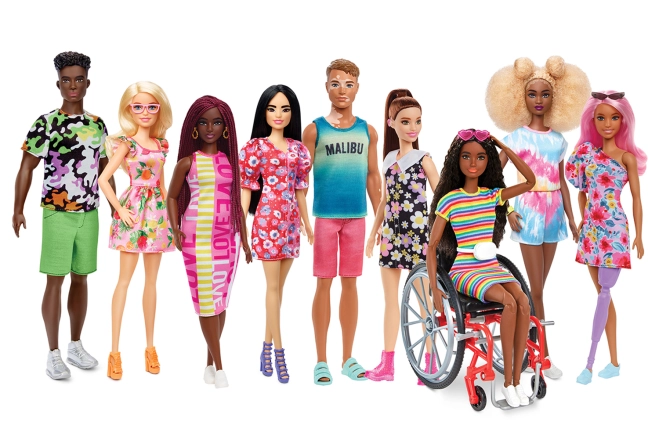
Hot wheels and the departure from Mattel
The company’s marketing budget soared from USD 2 million in 1960 to USD 10 million in 1970. In 1968, a decade after Barbie’s launch, Mattel rolled out Elliot’s most successful creation: Hot Wheels cars. Elliot designed a product that distinguished itself by being much faster than its competitors, believing boys would be excited by faster cars and racing action. To achieve this, he developed an independent suspension system, adding axles and working wheels to the traditional die-cast car structure.
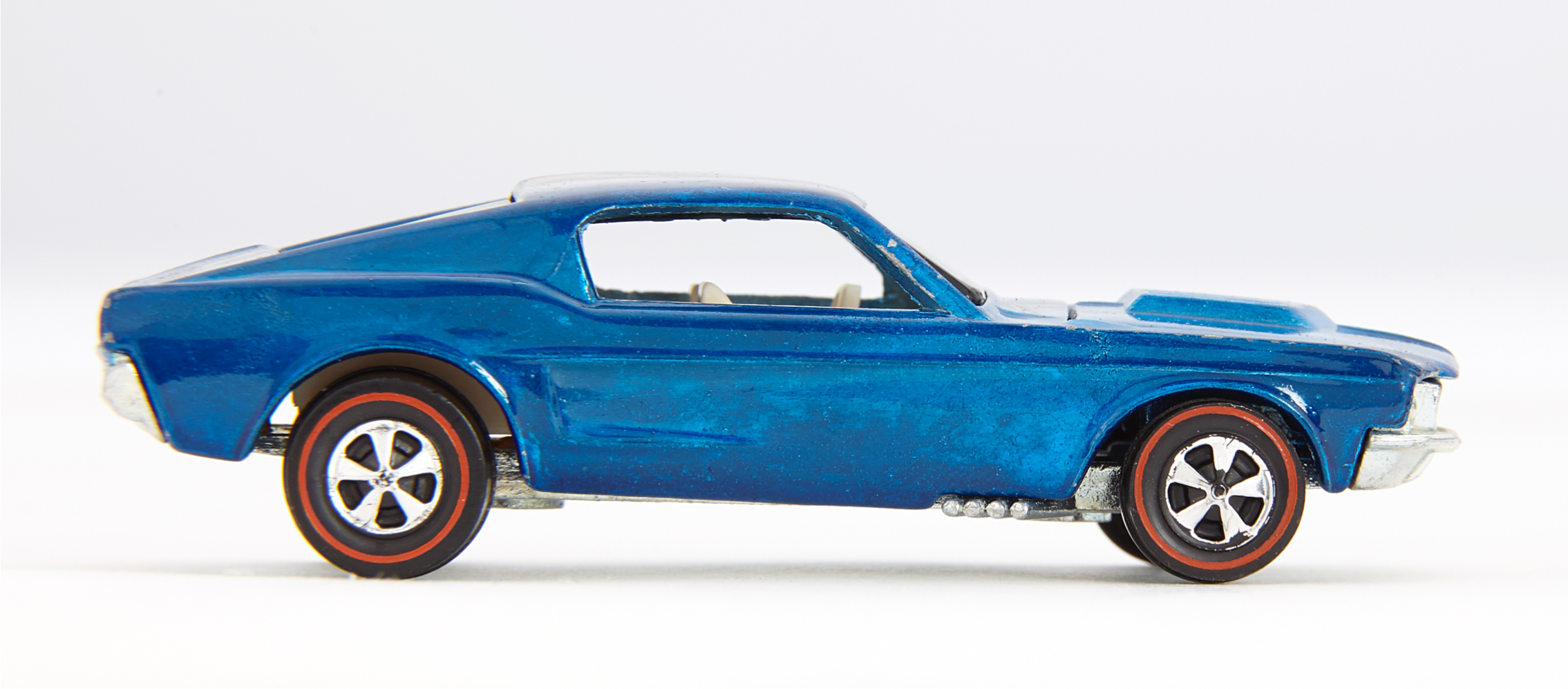
While Elliot had a deep understanding of toys, he brought in Harry Bradley, a former car designer for General Motors, to conceptualize the first 16 California-style customized 3-inch Hot Wheels. Advertised as ‘the fastest metal cars in the world,’ Hot Wheels became an immediate bestseller. In its debut year, 1968, Mattel manufactured 16 million models.
However, the 1970s brought a series of personal and business setbacks for the Handlers. The business teetered on the brink of crisis, and Ruth was diagnosed with breast cancer, undergoing a mastectomy. The Handlers were eventually forced out of Mattel, leaving the board on October 17, 1975.
Ruth's life after Barbie
After her mastectomy, Ruth pursued her idea of starting a breast prosthesis company, leveraging her experience with plastic dolls. She connected with a prosthesis designer in Santa Monica, Peyton Massey, who, after several iterations, designed a customized artificial breast for her.
Ruth reached out to breast cancer survivors as models for the first prototypes through a network of Los Angeles surgeons and the Cancer Society. In 1976, she launched Ruthton Corporation, introducing the ‘NearlyMe’ product collection. The NearlyMe line was innovative; the prostheses were user-friendly, designed for regular lingerie, available in over 50 bra sizes, and were affordable. Ruth applied several marketing strategies she had developed for Barbie, creating additional collections and launching a trade-in program for the artificial breasts. By 1979, NearlyMe had sold 200,000 prostheses and grossed USD 2 million.
Ruth became an activist, inspiring cancer survivors and touring America in the early 1980s to personally present the product in department stores, meet customers, and train personnel. However, the Ruthton venture remained small due to its limited target market and advances in angioplasties making breast implants more affordable. After facing more health issues, Ruth sold the company to Spenco Medical Corp. in 1991.
When Ruth retired from NearlyMe in the early 1990s, Mattel’s board nominated the company’s first female president, Jill Baran, who awarded Ruth with the ‘Women of Distinction’ prize as one of her first symbolic acts.
Market presence and economic impact
Barbie's impact on the toy industry is unparalleled. With a presence in over 150 countries, Barbie has maintained her status as a cultural and economic icon. Mattel, the company behind Barbie, reported net sales of over $5.4 billion in 2022, with Barbie being a significant contributor.
Fun fact: according to Mattel, over 1 billion Barbie dolls have been sold worldwide since the doll was launched in 1959. This means that an average of over 3 dolls are sold every second.
The brand's global reach and sustained popularity have allowed it to penetrate diverse markets, adapting to different cultures and consumer preferences, thus maintaining a robust and enduring market presence.

Pricing strategies
Barbie's pricing strategies have been diverse, catering to a wide range of consumers. From affordable dolls to high-end collector items, Barbie has managed to appeal to different market segments. The pricing strategies have evolved, incorporating value-based pricing, allowing Mattel to capitalize on Barbie's brand value and consumer willingness to pay a premium for unique or limited-edition dolls. This approach has enabled Mattel to maximize profits while catering to a broad consumer base, from casual buyers to avid collectors.

Societal implications
Barbie’s impact extends beyond the toy industry, influencing societal norms and expectations. Barbie has been a subject of controversy and discussion regarding body image and representation. However, Mattel has addressed these concerns by introducing a diverse range of dolls, promoting inclusivity and representation. Barbie has also played a role in empowering and inspiring young girls. The “You Can Be Anything” campaign is a testament to Barbie’s commitment to inspiring children to dream big and break barriers, reinforcing the belief that they can achieve any career and break any glass ceiling.
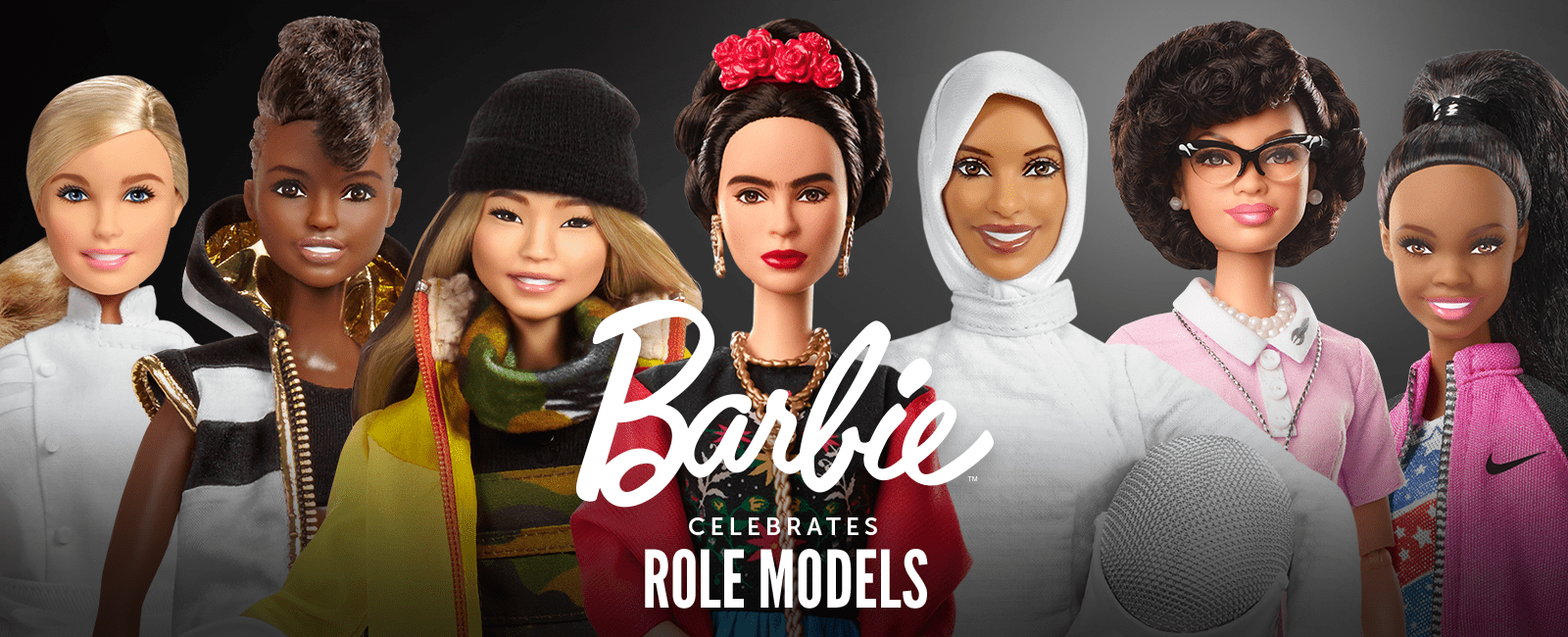
Broader implications on society
Beyond the realm of toys, Barbie has permeated various aspects of culture and society. From art to fashion, Barbie’s influence is widespread. Artists like Andy Warhol have created artwork featuring Barbie, and fashion designers like Versace and Givenchy have designed outfits for her, showcasing her impact on different creative fields. Barbie’s influence on pop culture is evident in her appearances in movies, music, and literature, reflecting her enduring appeal and cultural significance.

Conclusion
Barbie, the brainchild of Ruth Handler, has been more than just a doll. She has been a revolutionary figure in the toy industry, impacting market dynamics, economic structures, societal norms and consumer behavior. In a world that is continually changing, Barbie stands as a testament to innovation, adaptability, and the power of dreaming big, inspiring generations to imagine, aspire, and achieve.





